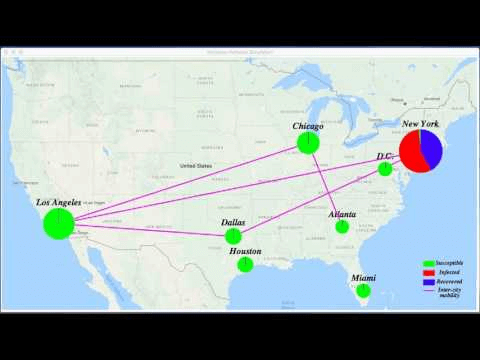Posted: December 14, 2016, 12:38pm
My group recently finished the final project for CSCI 653:High Performance Computing and Simulations. The class was structured around lectures which introduced more advanced topics in high performance computing and student led discussions of research papers. One of the questions I hear from undergraduate students most often is about the difficulty of graduate courses. Although the material covered in graduate courses is based on an increasing number of foundational subtopics and requires students to have a much deeper understanding, the biggest difference from an undergraduate course is typically an open-ended project. That’s when students are allowed to put together all their skills in mad-scientist fashion and build something without the design constraints of a real-life project which may hinder the idea from ever leaving the drawing board.
For the CSCI 653 final project, I worked with Michael Hintlian and Wentao Zhang, both PhD students from ISE, on a multiplex network compartmental model to simulate the spread of disease. The susceptible-infected-recovered (SIR) model is typically applied to one population, but our team was interested in studying how the disease can spread to cities which have frequent airline connections between them. The cities themselves are modeled to have different underlying social interactions.
We uploaded a visualization of the epidemic becoming a pandemic disease on
YouTube:
(Direct link )

Visualization on YouTube
Although the simulation results are slightly scary, the project was a great experience because we didn’t have any limitations and we were able to use the USC HPC to run our eight-city simulation. Our team plans to use the code we developed to explore different airline connection patterns and disease parameters.
Published on July 27th, 2017
Last updated on August 10th, 2017

